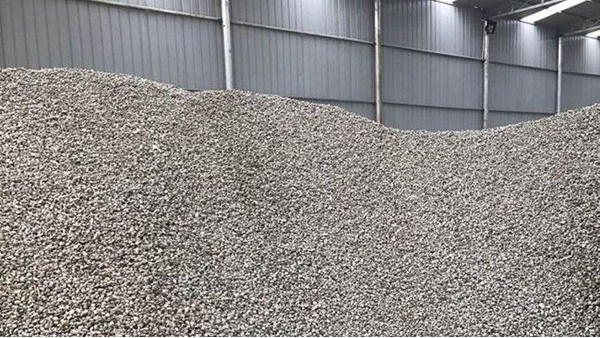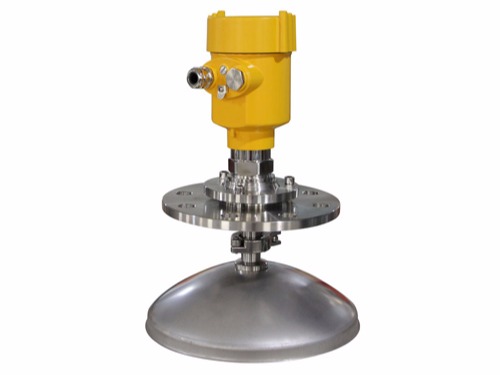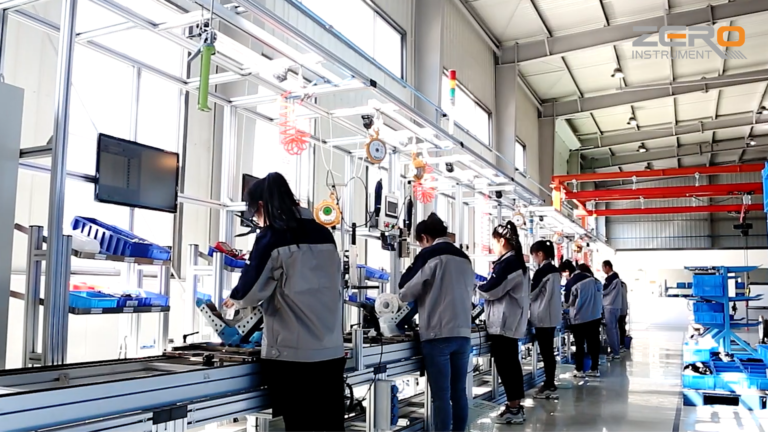Sand and gravel aggregates are indispensable raw materials in construction, road paving and infrastructure projects. Ensuring a stable supply of these materials requires not only efficient logistics management, but also accurate inventory measurement technology.
Among them, radar level meters are widely used in stockpile level measurement of bulk materials such as sand and gravel aggregates due to their high precision and non-contact measurement characteristics.
However, this measurement process is not without its difficulties, which we will explore and how to overcome these challenges through practical examples.

Radar level gauge is a microwave-based measuring instrument that can send signals to the material surface and receive the reflected signals back.
By analyzing the time delays of these signals, the position of the material surface can be determined and thus the volume of the pile can be calculated.
Although the principle seems simple, in practical applications, there are several difficulties in measuring the stacking level of sand and gravel aggregates.

The first difficulty is environmental factors. Sand and gravel aggregates are usually stored outdoors in open areas, which means that the material level meter needs to face changing climate conditions, such as wind, rain, temperature changes, etc. These factors may interfere with the propagation of radar waves and affect measurement accuracy.
The second difficulty is material characteristics. The non-uniformity of the particle size, humidity and packing density of the sand and gravel aggregate will affect the reflected signal, thereby affecting the reading of the material level meter.
In addition, the tilt angle and unevenness of the material surface can also cause measurement errors. The third difficulty is the installation location and angle.
Radar level gauges need to be installed correctly to ensure optimal performance. The choice of installation location must take into account the shape and size of the pile, as well as possible obstructions.
At the same time, the installation angle of the material level meter also needs to be adjusted accurately to ensure that the signal is perpendicular to the material surface.

In order to explain the above difficulties and solutions in detail, let’s look at a practical case. In the sand and gravel aggregate warehouse of a construction materials company, managers want to monitor inventory levels in real time to optimize the supply chain. They installed an advanced radar level gauge, but initially encountered problems with inaccurate measurements.
After investigation, it was found that the problem was mainly caused by material surface fluctuations caused by strong winds and improper installation angle of the material level meter.
To solve these problems, the company took the following measures: first, they added a wind blocking wall to reduce the impact of wind on the surface of the stockpile; secondly, adjusted the installation angle of the material level meter to ensure that it was perpendicular to the surface of the stockpile; finally, Calibrate the material level gauge regularly to adapt to changes in material characteristics.
The implementation of these measures significantly improves the accuracy and reliability of measurements.

Although there are many challenges in using radar level meters to measure sand and gravel aggregate stockpiling levels, these difficulties can be overcome through proper design, installation and calibration.
Accurate material level measurement is crucial to improving logistics efficiency, reducing operating costs and ensuring the stability of the supply chain.
With the continuous advancement of technology, we can foresee that radar level meters will be more and more widely used in the field of bulk material measurement, and their measurement accuracy and reliability will also continue to improve.
